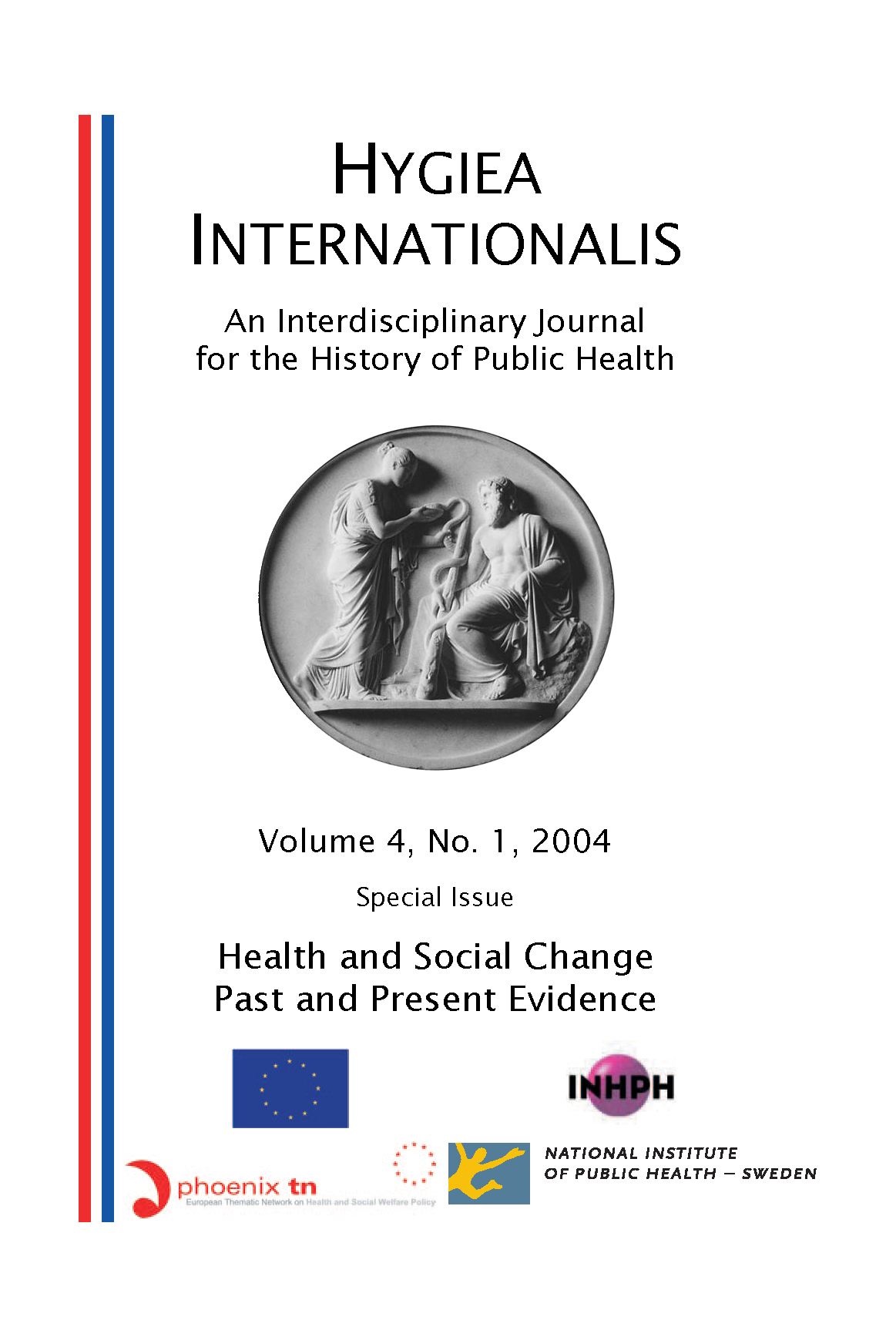Health Care and Social Change in the United States A Mixed System, A Mixed Blessing
DOI:
https://doi.org/10.3384/hygiea.1403-8668.0441277Keywords:
Health, transition, United States, mortality, expendituresAbstract
The transition to lower mortality in the United States falls into two periods. Between 1880 and 1930 most of the improvement can be attributed to the relative prosperity of Americans and to public health initiatives by municipal authorities. Sharp disparities in mortality levels favored whites over blacks, native born over foreign born, rural dwellers over urbanites, and women over men. After 1930 life expectancy continued to improve although at a slower rate, particularly for individuals over 50, who benefited from retirement and medical insurance. Among minorities, mortality disparities decreased between blacks and whites, although the Latinos showed the greatest improvement. Employed workers generally enjoyed access to innovations in health care-at a cost of 16% of GDP, but 15% of the working age population remains uninsured. Women continue to outlive men, and infant mortality lags by OECD standardsDownloads
Published
2004-12-10
How to Cite
Fetter, B. (2004). Health Care and Social Change in the United States A Mixed System, A Mixed Blessing. Hygiea Internationalis: An Interdisciplinary Journal for the History of Public Health, 4(1), 277–298. https://doi.org/10.3384/hygiea.1403-8668.0441277
Issue
Section
Articles
License
Copyright (c) 2004 the Author(s)

This work is licensed under a Creative Commons Attribution-NonCommercial 4.0 International License.






